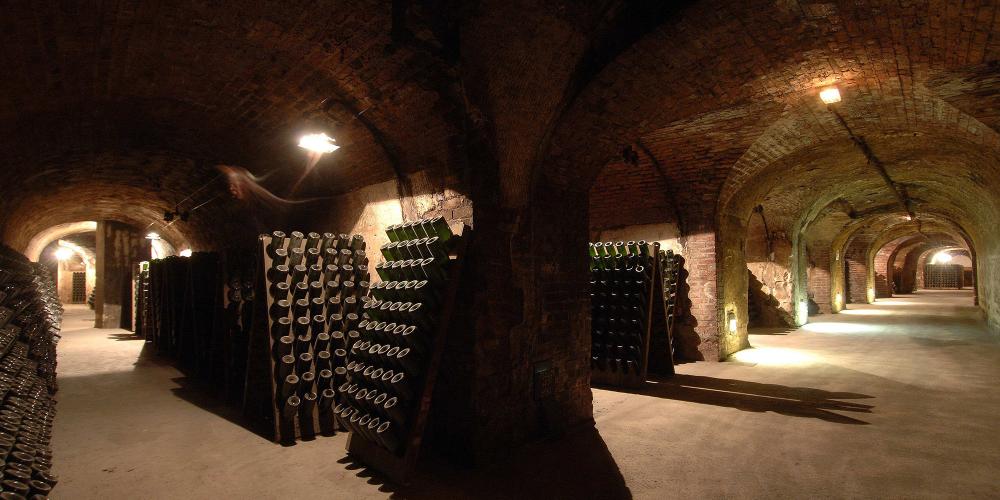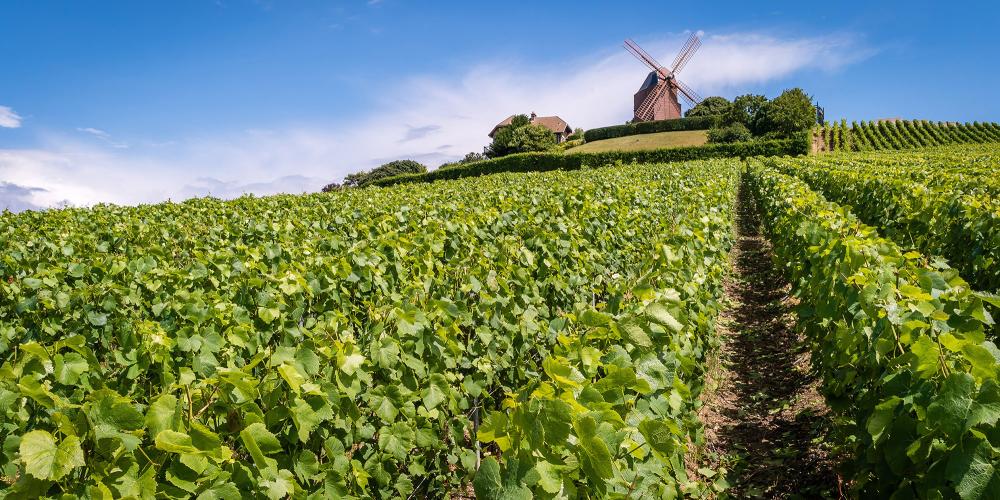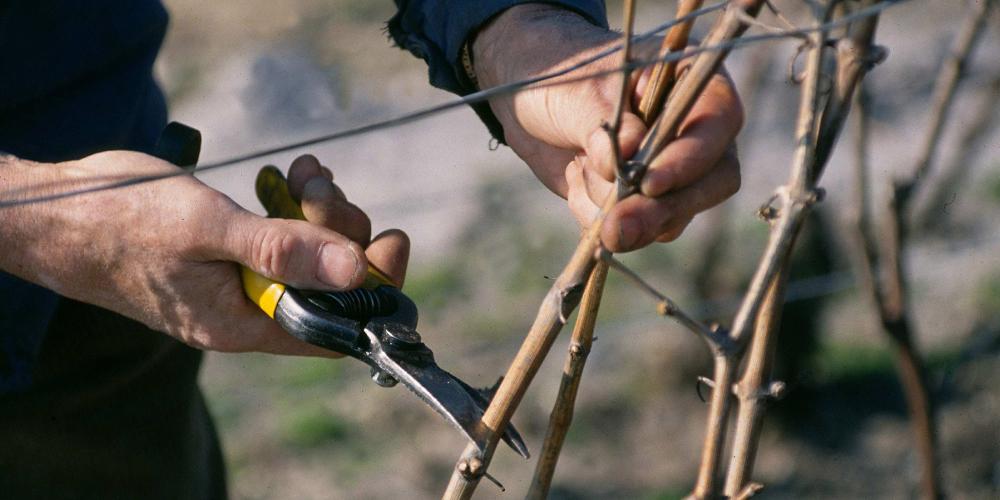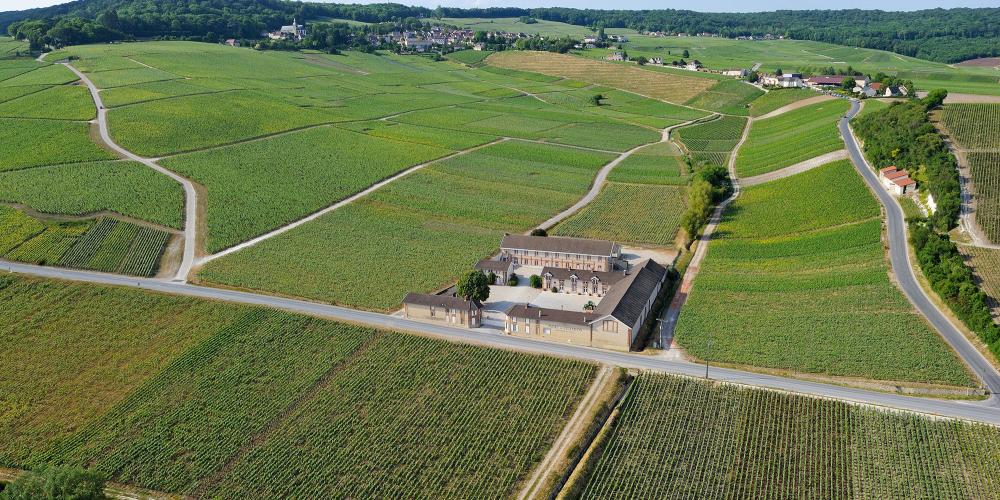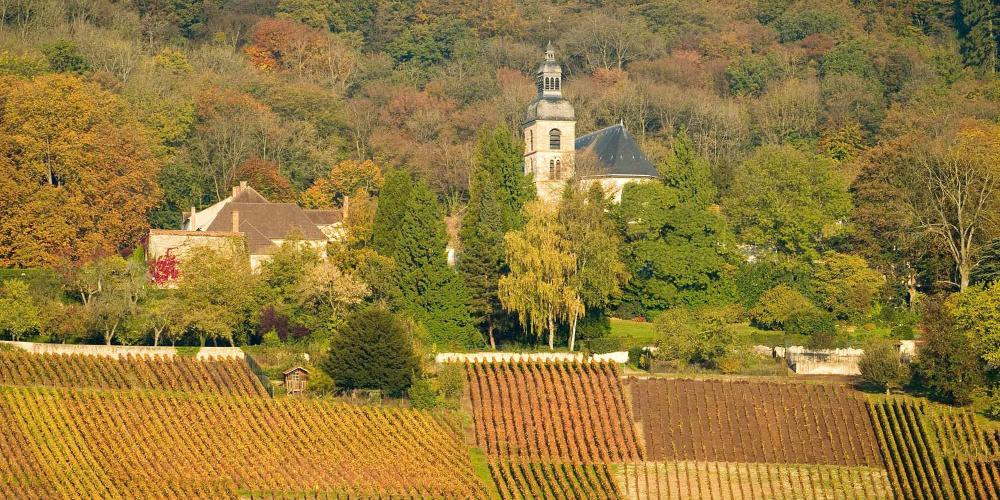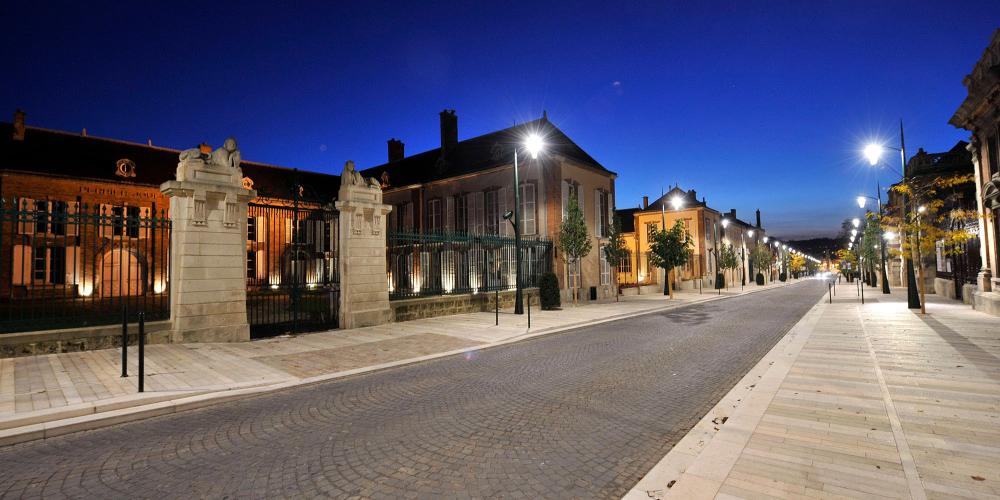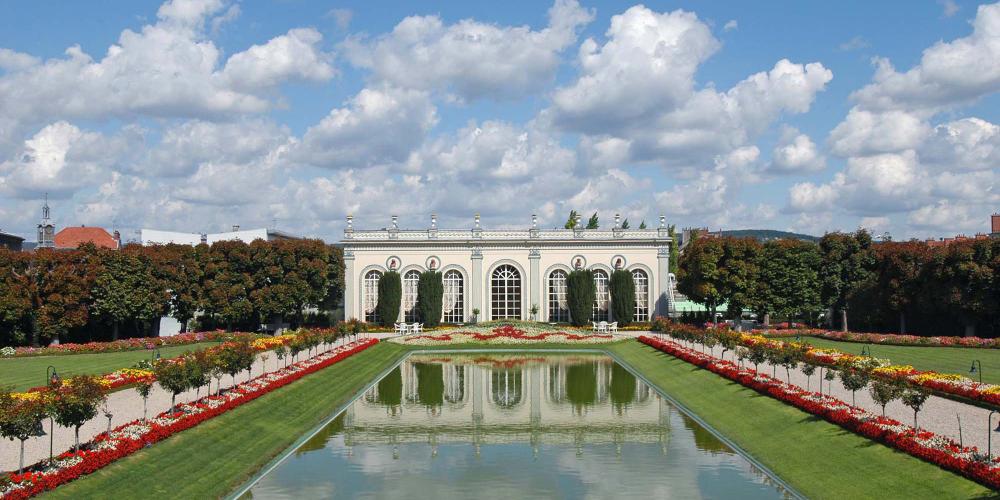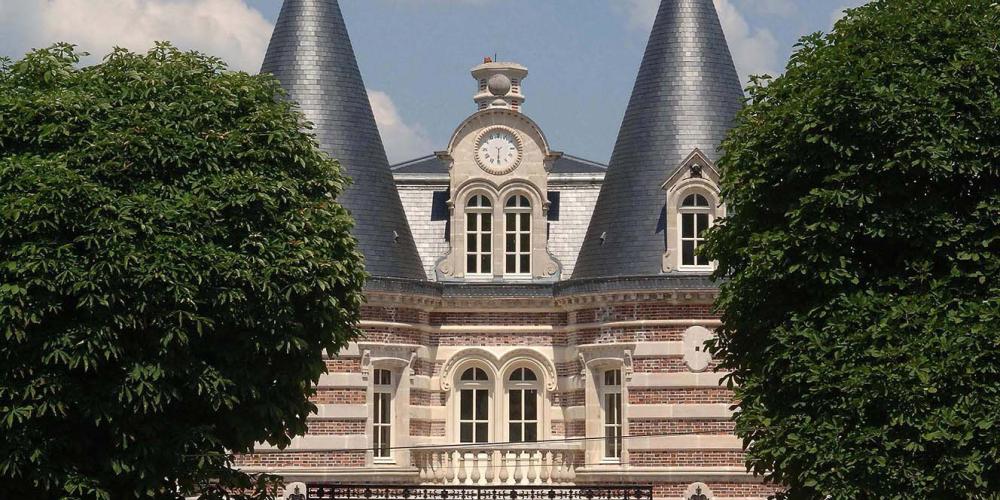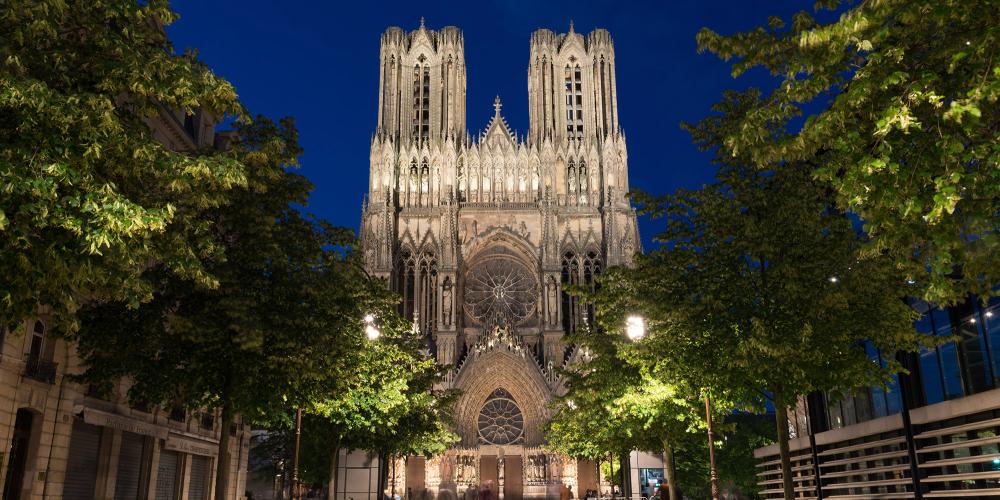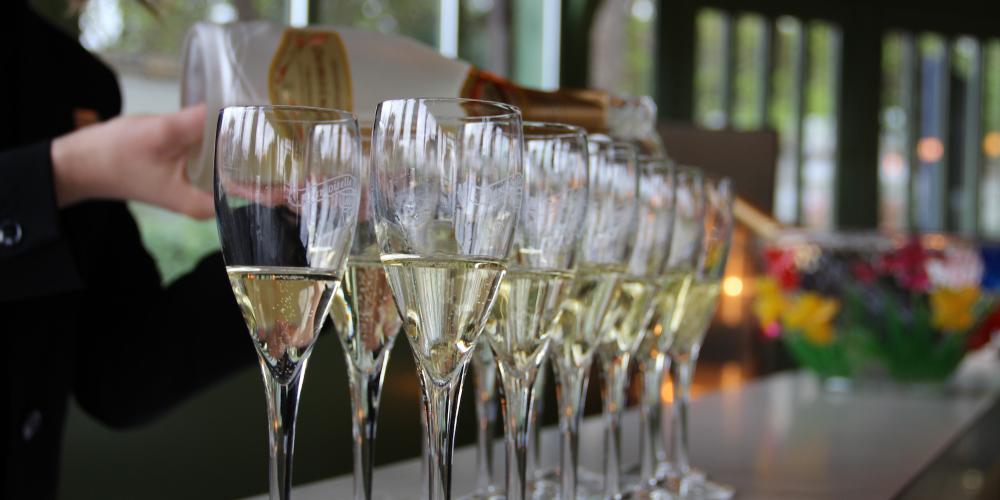Champagne Hillsides, Houses, and Cellars, France

The Champagne Hillsides, Houses, and Cellars form a very specific agro-industrial and cultural landscape. Here, in northeastern France, the vineyards act as the supply basin, and the villages and urban districts serve as the production and trading centres. By the 18th century, champagne wines were so well established in the popular imagination that they were served at the Fête de la Fédération to toast the outcome of the French Revolution. Some years later, they played a useful role in defending France's interests at the Congress of Vienna.
Today, the champagne industry directly employs 30,000 people, with the product exported to more than 190 countries. The Champagne region, just an hour from Paris, offers travelers unique and stunning experiences, both above and below ground.
Champagne’s international success, which intrinsically links production and selling, is attributed to both the winegrowers—small and large vineyard owners, which in some cases join together as cooperatives—who have leveraged physical conditions at edge of what vines will endure, and visionary merchants, who have raised the product and brand to a level of excellence and publicised it among the international elite. Some of them were migrants, mainly from Germany (former drapers), or French women—rare female captains of industry at the time—like Madame Ponsardin, known as the Veuve (widow in French) Clicquot, and Madame Pommery.
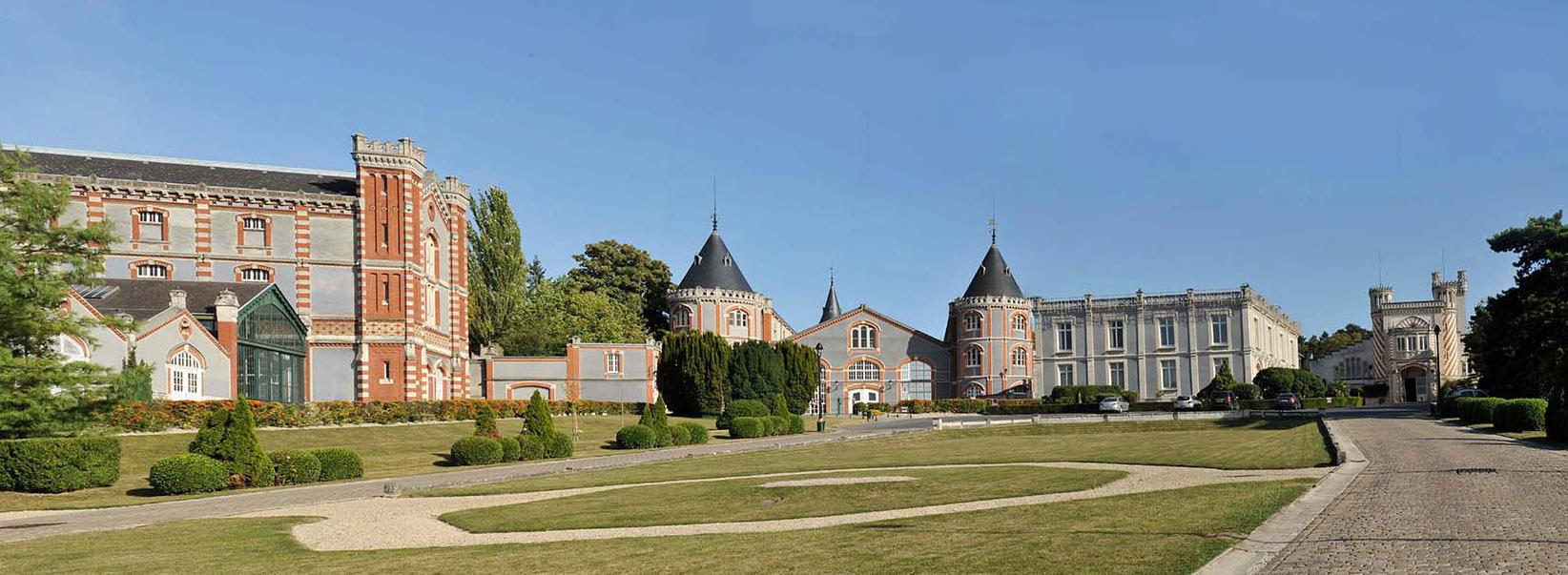
Champagne may be the world’s most famous wine, but the underground cellars, where the wine is produced and stored, are the hidden side of the process and region. Many champagne makers use a 200-kilometre network of cellars and tunnels dug into the chalky soil and bedrock that lies beneath the surface of this stunning pastoral landscape. The chalk creates a unique atmosphere that gives the wine its special qualities. During the two World Wars, these caverns and tunnels also provided shelter to locals, who left traces of those turbulent times on the walls.
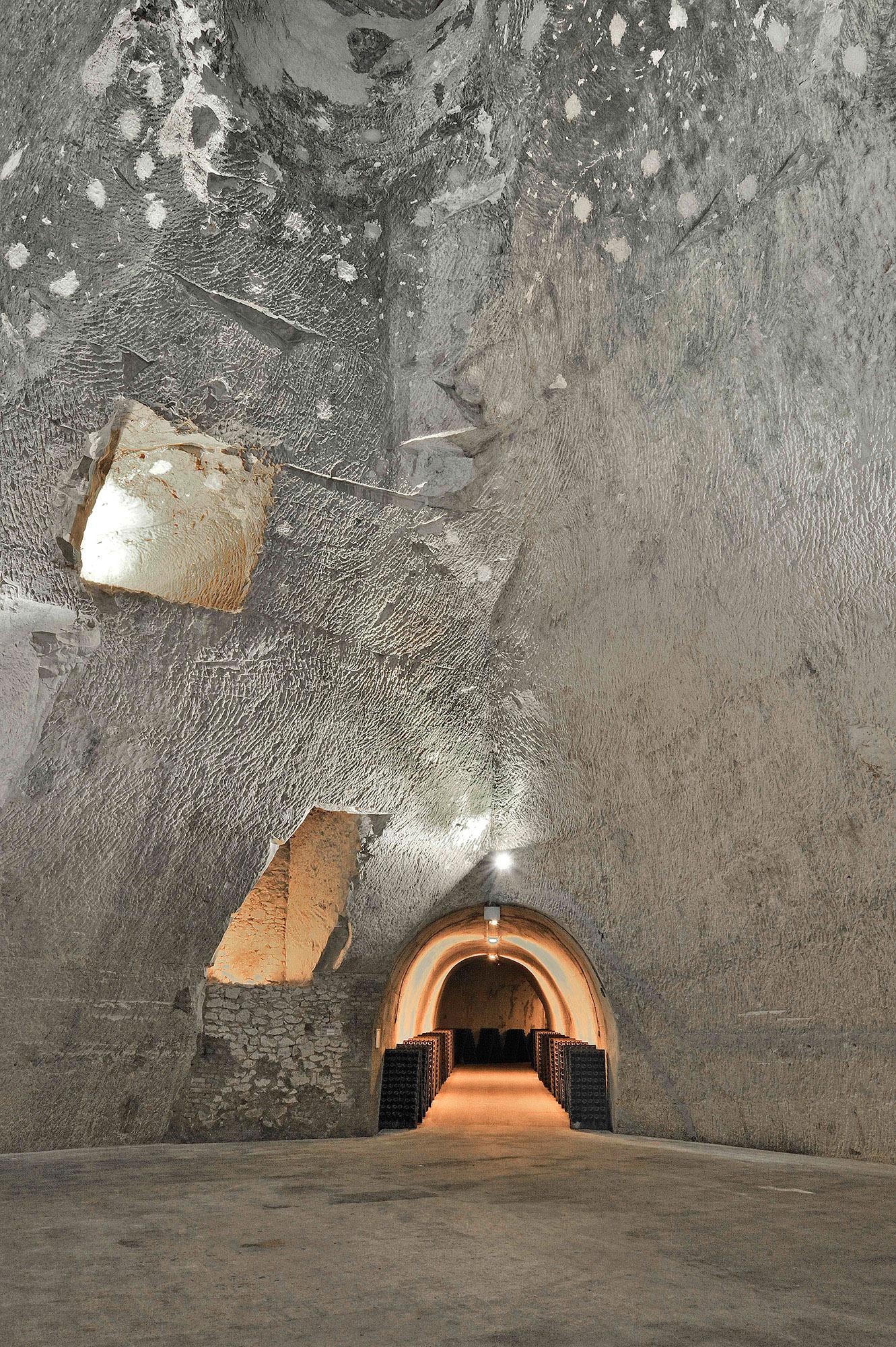
Visiting the Champagne region offers the unique chance to see the whole production process, from vine to glass. Above ground, the vineyards and villages may sparkle in the sun, but climbing down the stairs into the cellars, you can discover hundreds of kilometres of tunnels that remain at a cool temperature of about 11 degrees Celsius. Thousands of bottles line the walls, many of which were roughly cut from chalk as quarries during Roman times. There are a vast range of Champagne Houses and winegrowers to visit, from the internationally recognised brands to the smaller producers. The 'Avenue de Champagne' in Epernay, offers you the chance to try Champagne as you marvel at the impressive lineup of Champagne Houses, Renaissance style mansions and historic monuments.
The Champagne Method
The méthode champenoise has spread across the world as a blueprint for production. The term refers to the deliberate initiation of a secondary fermentation - as opposed to the accidental second fermentation that made the wines sparkle but offered no control over the build-up of pressure.
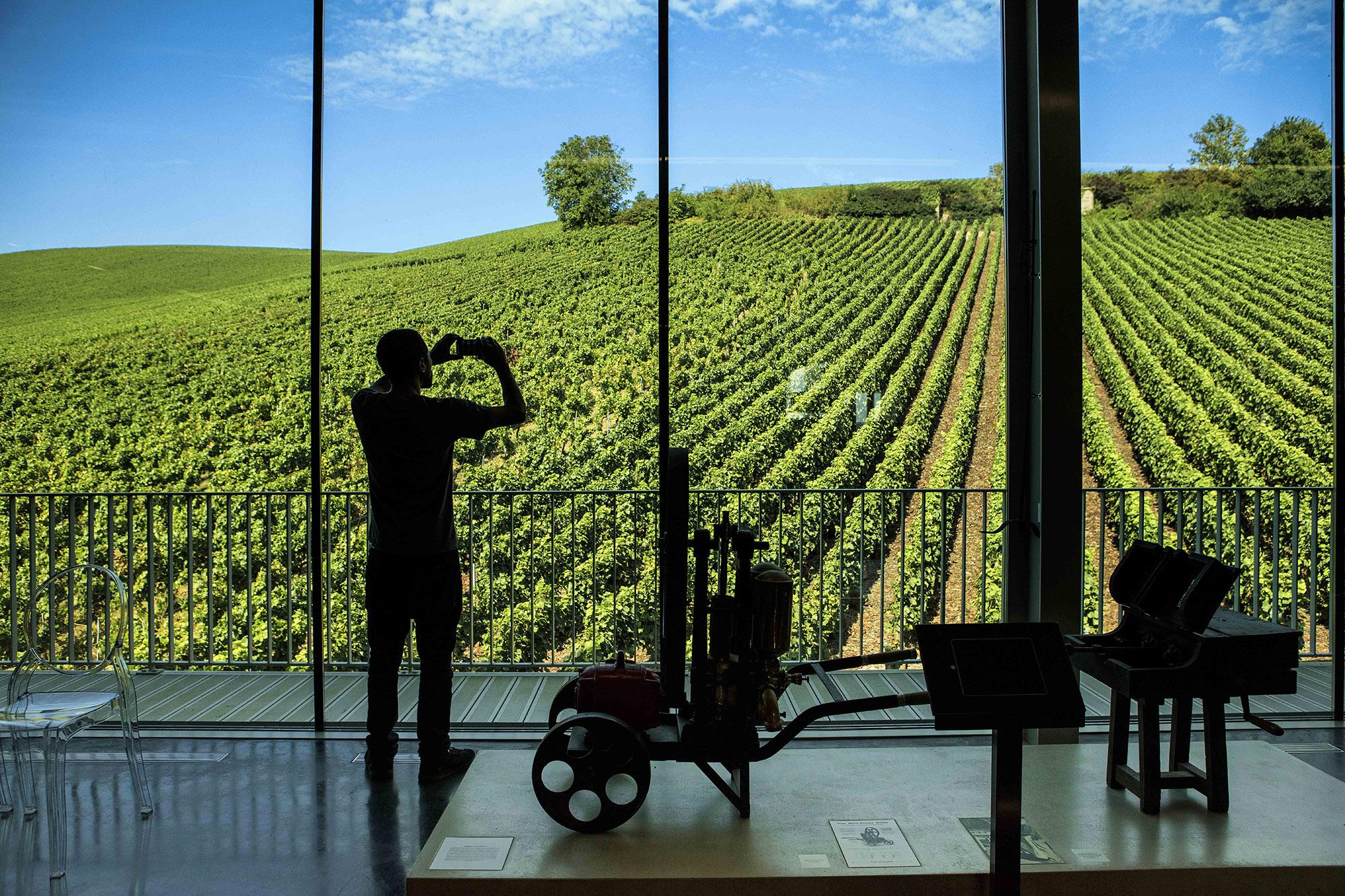
Wines produced by the Méthode Champenoise undergo primary (alcoholic) fermentation in tanks to transform the grape musts into wine. When primary fermentation is complete, all of the naturally occurring grape sugars should have been converted into alcohol. The next stage is secondary or bottle fermentation—also known as the 'prise de mousse'—when the wines start to effervesce.
The three elements that make up the World Heritage site - hillsides, houses and cellars - embody the Champagne terroir and constitute a living landscape, a working environment and a showcase of traditional knowledge. The specific production process has led to a unique and extensive development of the cellars. This spectacular underground landscape, still in use today, is one of the most representative examples in the world of wine heritage.
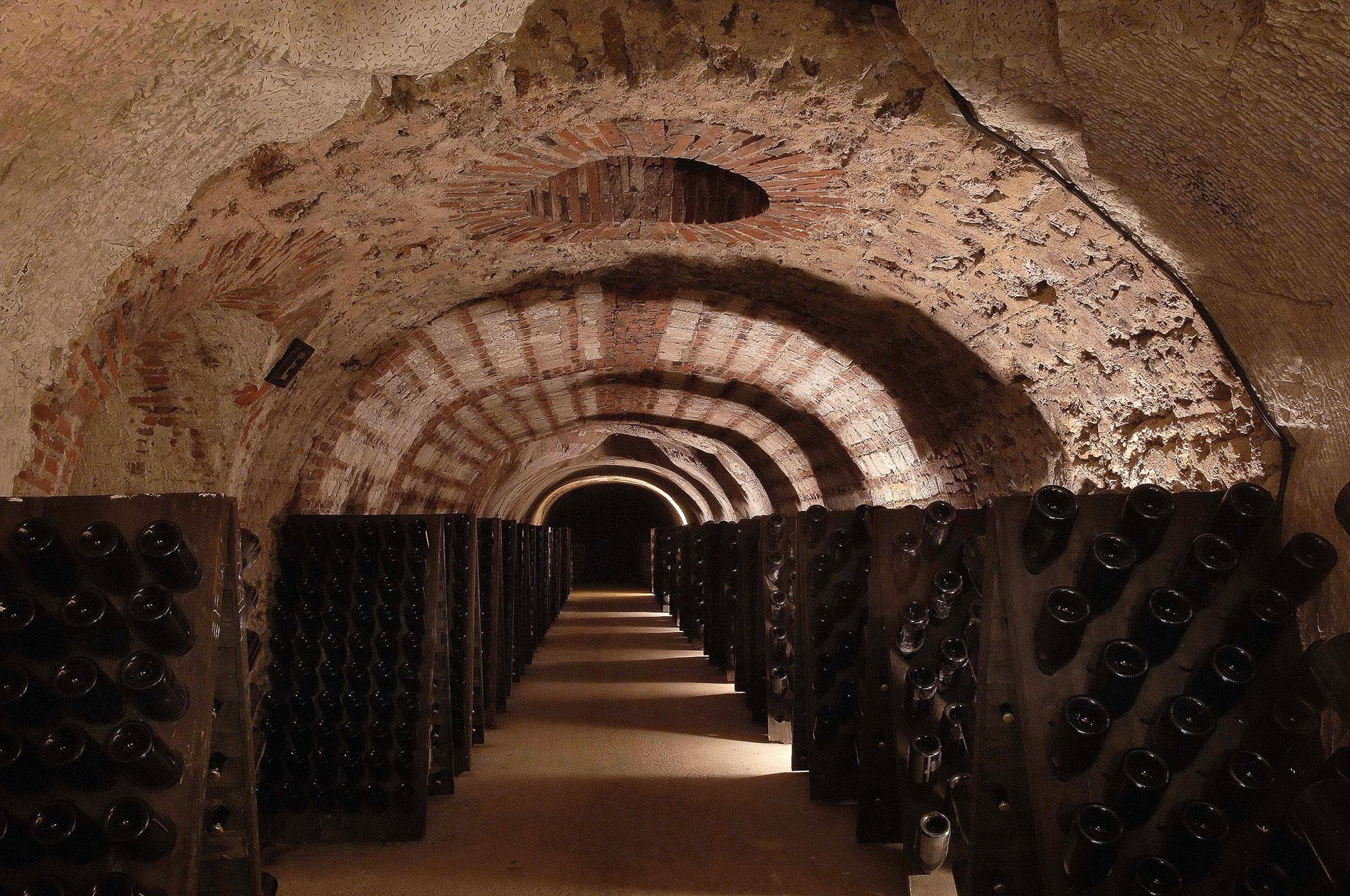
The World Heritage site of the hillsides, houses and cellars of Champagne includes three major areas in the Marne department: the Colline Saint-Nicaise in Reims, the historic hillsides between Cumières and Aÿ-Champagne and the Avenue de Champagne in Epernay. The cultural landscape of the vineyard - known as the "domaine d'activités" - brings together all the districts of the Champagne appellation, across the Marne, Aube, Aisne, Haute-Marne and Seine-et-Marne, representing more than 300 towns and villages.
From the 19th century to the present day, this system has been based on rigorous requirements and a three-pronged organisation that includes town planning, architecture and branding, and underground heritage. The result of these technical and social innovations: a revolutionary cooperation that has accelerated the wine's transition from artisanal craft to the world's most recognisable celebratory drink.
How to Get There
By plane from the Roissy Charles de Gaulle Paris Airport, Reims is a 30-minute train journey from the airport. For more information, click here.
By train from Paris, Reims is a 45-minute TGV (high-speed train) journey. There are two railway stations in the area. Reims-Centre train-station is located in the centre of the city. Champagne-Ardenne TGV station is located in Bezannes and is linked to Reims. For more information, click here.
Epernay is an 80-minute TER (regional express train) ride from Paris. The station is located close to Avenue de Champagne. For more information, click here.
When to Visit
During the spring and summer, the sunny weather is perfect for exploring the delights of the wine-growing landscape and the treasures in the region’s cellars. There are also lots of cultural activities and events this time of year and the long summer nights are a perfect time to celebrate in style with champagne.
Autumn is harvest time. There is a frenzy of activity in the region and the vineyard is bedecked with red, orange, and yellow hues.
The vineyard may be resting in winter, but there is no shortage of champagne-related events to mark the festive season. This is the quietest period of the year to enjoy a special romantic trip to the region.
How to Visit
The TER (regional express train) from Reims to Epernay takes half an hour and the line is known as the Ligne des Bulles (or Champagne Bubbles Line). The train offers a way of discovering the wine-growing hillsides that separate the two towns. For more information, click here.
From Reims, Epernay and the historic hillsides, the self-guided circuits and organised trips enable you to explore this vibrant wine-growing region by visiting the Montagne de Reims, the Marne Valley, the Côte des Blancs, Sézannais, Vitryat, and the Côte des Bar. Tours include: by car following the Champagne tourist route, by sightseeing bus, by boat, by train, via bike, or on foot.
Remember to bring a jacket, even in summer, as the temperature in the cellars fluctuates between 10-12°C.
Key areas
Reims: Saint-Nicaise Hill, start at the Parc de Champagne, 10 Avenue du Général Giraud, to the south of the center.
Epernay: Avenue de Champagne, east from the town center.
Cumieres, Hautvillers, Champillon, Dizy, Mutigny, Ay-Champagne: the historic hillsides.
The cultural wine-growing landscape around these three representative areas—known as the commitment zone—groups together the 320 towns and villages of the Champagne Appellation d'Origine Contrôlée, spread across the departments of Marne, Aube, Aisne, Haute-Marne and Seine-et-Marne.
Sights and Attractions recommended by the locals
Downloads
Champagne Hillsides, Houses, and Cellars, France
The Hillsides are accessible year round, day and night.
The Grand Reims, Epernay and Hautvillers tourist office websites list the opening times for the champagne houses and wineries. Some wineries are closed in winter.
From €15 including a wine tasting session.
Group rates
Free for children under 10
Booking is recommended.
